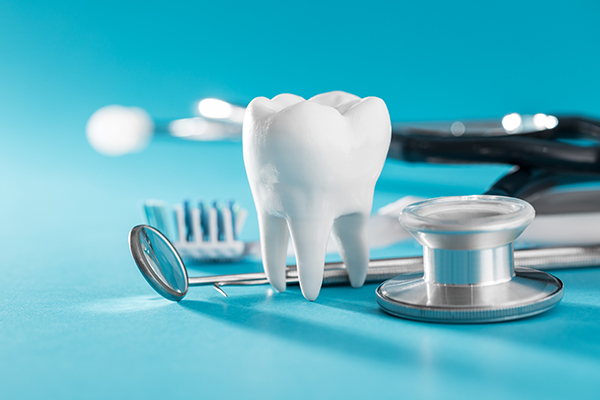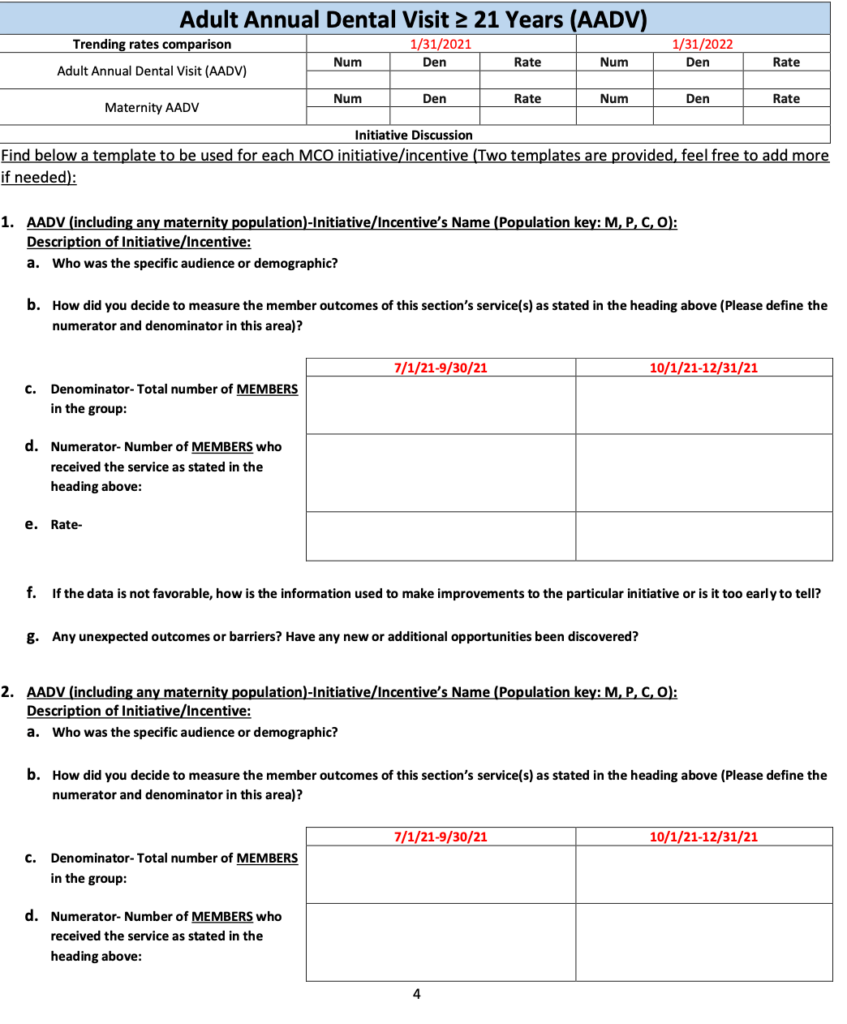
Prevention and collaboration were the key themes as state policymakers explored innovative and cost-effective strategies to integrate oral health and primary care during #NASHPCONF18’s session, Cross Currents: Integration of Oral Health and Primary Care.
Speakers underscored the importance of high-quality and regular dental care in preventing major oral and physical health problems and delivering cost savings to state Medicaid budgets. Mary Fliss, deputy of Clinical Strategy and Operations at Washington’s State Health Care Authority, reviewed her state’s Oral Health Connections Pilot Project. The project, recently authorized by the state legislature, will track how providing enhanced dental benefits to adult Medicaid clients in three counties impacts access to dental care, health outcomes, and medical costs. The project will specifically target individuals with diabetes – because of the links between periodontal health and chronic conditions – and pregnant women because improved periodontal health also benefits overall health.
Dentists who treat those two populations will receive enhanced reimbursement for periodontal treatment of Medicaid beneficiaries. The project is funded by the Arcora Foundation and state general funds. The state will seek federal approval for the project through a Medicaid state plan amendment.
One critical element of the project will be increased coordination between medical and dental providers. A referral tool, DentistLink, will provide a collaborative approach to documenting patient information and facilitating patient referrals and scheduling appointments.
California is also making strides toward medical-dental collaboration. Alani Jackson, chief of the Medi-Cal Dental Services Division within the California Department of Health Care Services, spoke about Local Dental Pilot Programs (LDPPs) that are testing new types of collaboration. The LDPPs are a component of the state’s Dental Transformation Initiative, which was authorized by a Medicaid 1115 waiver. Many of the LDPPs train primary care providers to conduct dental assessments to look for oral health risk factors and to administer basic preventive dental care like fluoride varnish.
For example, the LDPP run by the California Rural Indian Health Board places an oral health coordinator into primary care settings to complete dental decay risk assessments. By placing coordinators in primary care settings or in other venues such as after-school programs, California’s LDPPs are meeting people where they already are to improve access.
Another innovator takes a reverse approach by placing a physical health care provider in dental offices. Maria Dolce, associate professor at Stony Brook University School of Nursing, described the Nurse Practitioner and Dentist (NPD) Model for Primary Care, implemented by the Harvard School of Dental Medicine in partnership with Northeastern University School of Nursing. The NPD model places a nurse practitioner in a dental setting to act as a gateway to comprehensive care and to deliver primary care.
The program ensures that patients receive an annual wellness visit in combination with a dental visit for an integrated approach to care. The wellness visit is conducted by the nurse practitioner and includes a check on health and mental health risk factors as well as a review of a patient’s current health care providers.
These nurse practitioners already have the training to carry out these assessments in primary care offices – but under this program they conduct them in dental office settings. This unique model provides a personalized and patient-centric approach at potentially lower costs. To maximize resources, states considering this model could review their nurse practitioner scope-of-practice regulations to, for example, allow nurse practitioners to practice independently of physicians if they are not currently permitted under existing regulations.
Preliminary results suggest the NPD model is effective in improving overall health and managing chronic conditions. Because the wellness visit takes place in the dentist’s office, both dental and medical preventive services are provided.
The NPD model also addresses another critical theme raised during the session: how to secure long-term funding for these initiatives. Emphasis on the cost-saving benefits of these prevention initiatives could be key to moving them forward, as state policymakers contend with making these innovative practices, which emphasize cross-sector collaboration and prevention, a sustained program under Medicaid.
To learn more about strategies to incorporate oral health into medical care for chronic conditions, read State Strategies to Incorporate Oral Health into Medicaid Payment and Delivery Models for People with Chronic Medical Conditions. Both the report and this conference session were supported by the DentaQuest Foundation.



